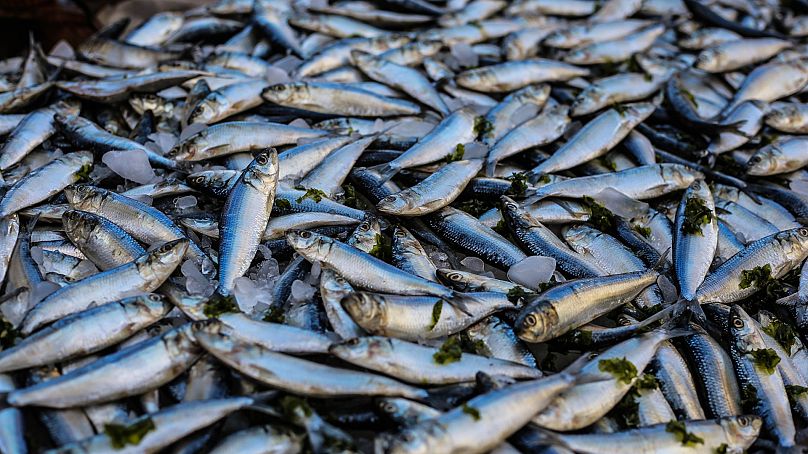The damage done by dragging huge nets across the bottom of the sea includes releasing plumes of carbon dioxide.
A new study has revealed how much carbon bottom trawling releases into the atmosphere.
Much of the damage done by dragging huge nets - some as big as 10 passenger jets - across the bottom of the sea to catch fish has been clear for a long time. But this new research reveals the practice is also an unaccounted source of carbon emissions that is “too big to ignore”.
“Only recently, we have discovered that bottom trawling also unleashes plumes of carbon, which otherwise would be safely stored for millennia in the ocean floor,” says Dr Trisha Atwood, a marine ecologist from Utah State University and National Geographic Pristine Seas.
The study found that the carbon emitted into the atmosphere by bottom trawling every year is double the annual emissions of the world’s entire fishing fleet - around 4 million vessels. It totals an estimated 370 million tonnes of carbon dioxide each year.
“Our study is the very first to show that over half the carbon released by bottom trawling eventually escapes into the atmosphere as carbon dioxide over the span of about 10 years, contributing to global warming,” Dr Atwood adds.
Much like destroying forests, she says, scraping up the seafloor causes irreparable damage to the climate and wildlife.
Plumes from bottom trawling can be seen from space
Sediment from bottom trawling is kicked up in huge plumes that can be seen from space. The team used a vessel-tracking database from the Global Fishing Watch, indicating where trawling occurred from 1996 to 2020.
Using internationally recognised models for carbon cycles in the ocean, they calculated how much carbon released by trawling was released into the atmosphere. Between 1996 and 2020, they estimate the total carbon released to be 8.5 to 9.2 billion tonnes.
It builds on earlier research done in 2021 which calculated that bottom trawling released as much carbon each year into the ocean as the total emissions of the entire aviation industry. But now scientists know just how much of that carbon is ending up in the atmosphere.
Where in the world has the highest emissions from bottom trawling?
The regions with the highest emissions are trawling hotspots in the East China Sea, the Baltic and the North Seas, and the Greenland Sea. Southeast Asia, the Bay of Bengal, the Arabian Sea, the Gulf of Mexico and parts of Europe are also likely to be major sources of carbon but scientists say we lack sufficient data on the extent and intensity of bottom trawling in these areas.
“Right now, countries don’t account for bottom trawling’s significant carbon emissions in their climate action plans,” says Dr Enric Sala, national explorer in residence and executive director of Pristine Seas.
“Our research makes it clear that tackling these and other ocean emissions is critical to slowing the warming of the planet, in addition to restoring marine life.”
The good news, Dr Sala adds, is that reducing emissions from bottom trawling will deliver immediate benefits. The bad news is that delaying action ensures emissions from trawling will continue to be released into the atmosphere a decade from now.
What about the rest of the carbon released by bottom trawling?
Researchers also looked at what happens to the carbon that remains in the ocean after bottom trawling. The 40 to 45 per cent that stays trapped in the water leads to greater ocean acidification in localised areas.
This increased acidity damages plant and animal life in areas where this kind of fishing takes place.
“There are more issues with bottom trawling than just the impacts from carbon - biodiversity and sustainability for instance,” says Gavin Schmidt, director of the NASA Goddard Institute for Space Studies.
“But this ‘marine deforestation’ is large enough to be noted and assessed. Hopefully, this can lead to policy efforts that can try to maximise benefits across all of the impacts.”












